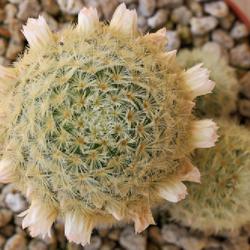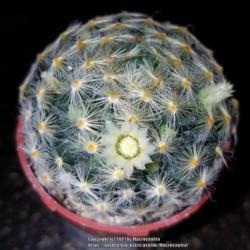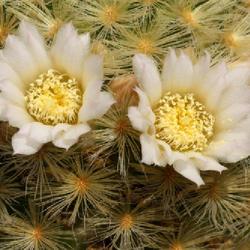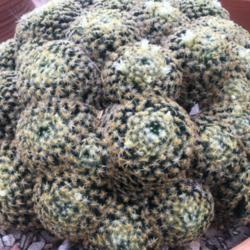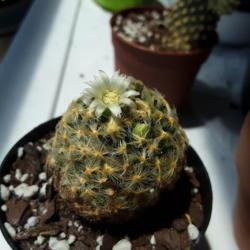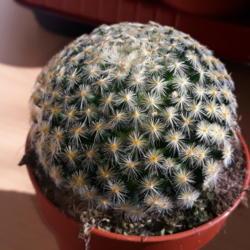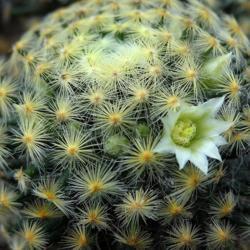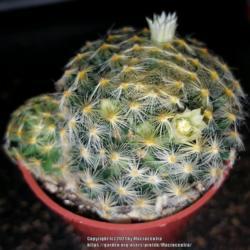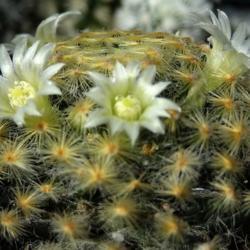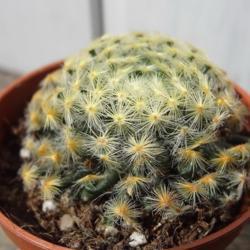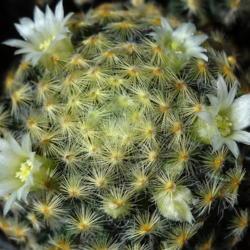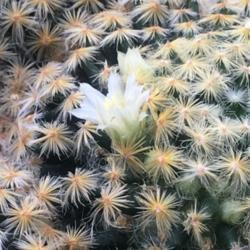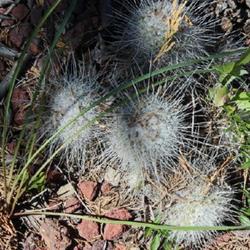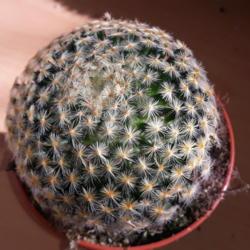General Plant Information (Edit)
| Plant Habit: |
Cactus/Succulent
|
| Life cycle: |
Perennial
|
| Sun Requirements: |
Full Sun
Full Sun to Partial Shade
|
| Water Preferences: |
Dry Mesic
Dry
|
| Soil pH Preferences: |
Slightly acid (6.1 – 6.5)
Neutral (6.6 – 7.3)
Slightly alkaline (7.4 – 7.8)
|
| Flowers: |
Showy
|
| Flower Color: |
White
Other: Pale pink
|
| Bloom Size: |
Under 1"
1"-2"
|
| Flower Time: |
Late winter or early spring
Fall
Late fall or early winter
Winter
|
| Underground structures: |
Taproot
|
| Suitable Locations: |
Xeriscapic
Houseplant
|
| Uses: |
Suitable for miniature gardens
|
| Wildlife Attractant: |
Bees
|
| Resistances: |
Deer Resistant
Gophers/Voles
Rabbit Resistant
Squirrels
Fire Resistant
Drought tolerant
|
| Propagation: Seeds: |
Provide light
|
| Propagation: Other methods: |
Cuttings: Stem
Offsets
|
| Containers: |
Suitable in 1 gallon
Needs excellent drainage in pots
|
| Miscellaneous: |
Tolerates poor soil
With thorns/spines/prickles/teeth
|
- Biznaga de Metztitlan
- Mammillaria
- Accepted: Mammillaria schiedeana
- Synonym: Neomammillaria schiedeana
Posted by
Baja_Costero (Baja California - Zone 11b) on Oct 10, 2020 11:47 AM concerning plant:
Spiny, globose cactus with white or pale pink flowers from north-central to northeastern Mexico. Stems reach about 2 inches in diameter and usually cluster. There are no central spines, but many radial spines (up to 120 for the type, less than 50 for subsp. dumetorum, 16-21 for subsp. giselae). They are white and pubescent. Axils may have woolly hairs (or not, subsp. giselae). This species is found in Tamaulipas (giselae), Hidalgo (type), Querétaro (type, dumetorum), and San Luis Potosí (dumetorum). This species may grow well from cuttings.
Posted by
skopjecollection (SE europe(balkans) - Zone 6b) on Sep 3, 2020 12:44 PM concerning plant:
I've only had one encounter with this plant: A flattened globular cactus, with lots and lots of fairly long tubercles bearing flexible yellow spines, forming a dense shield around the plant. From the looks of the plant, I'd treat it similar to a heyderii: mostly mineral soil, sparse watering, lots of sun.
« Add a new plant to the database
» Search the Mammillarias Database: by characteristics or by cultivar name
« See the general plant entry for Mammillarias (Mammillaria)
« The Mammillarias Database Front Page
« The Plants Database Front Page
